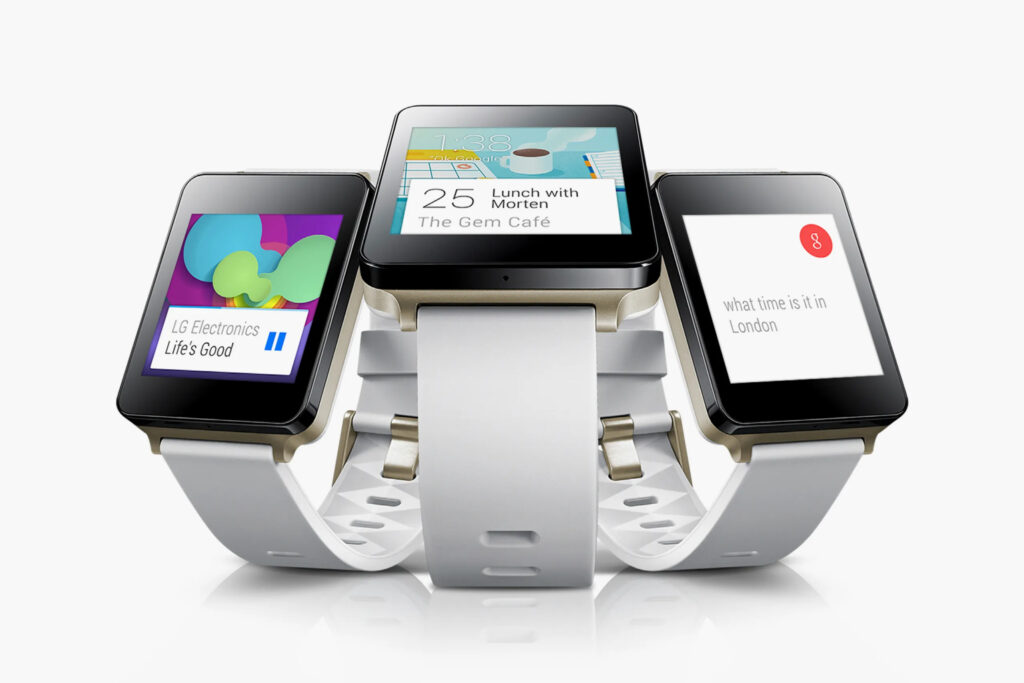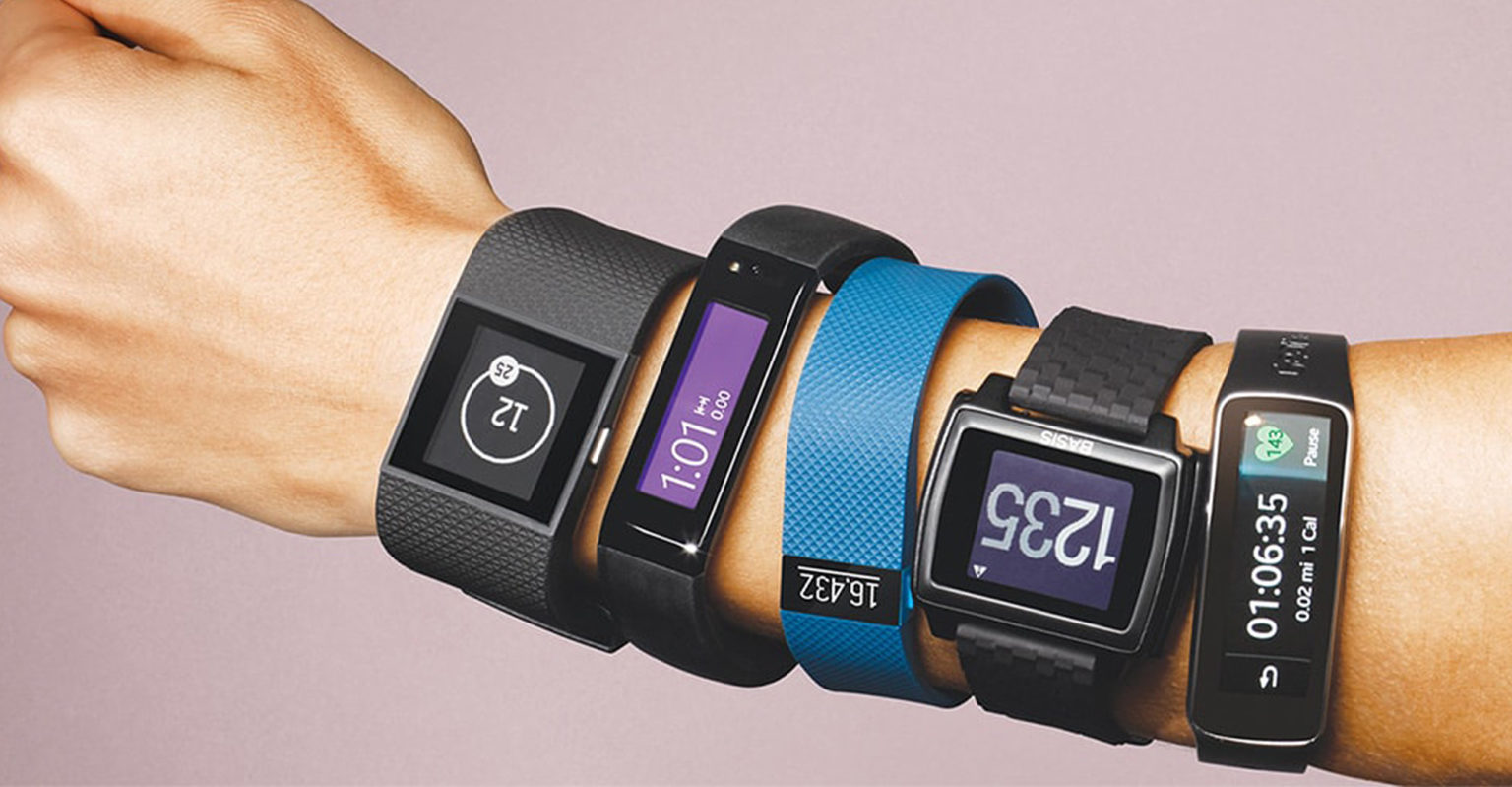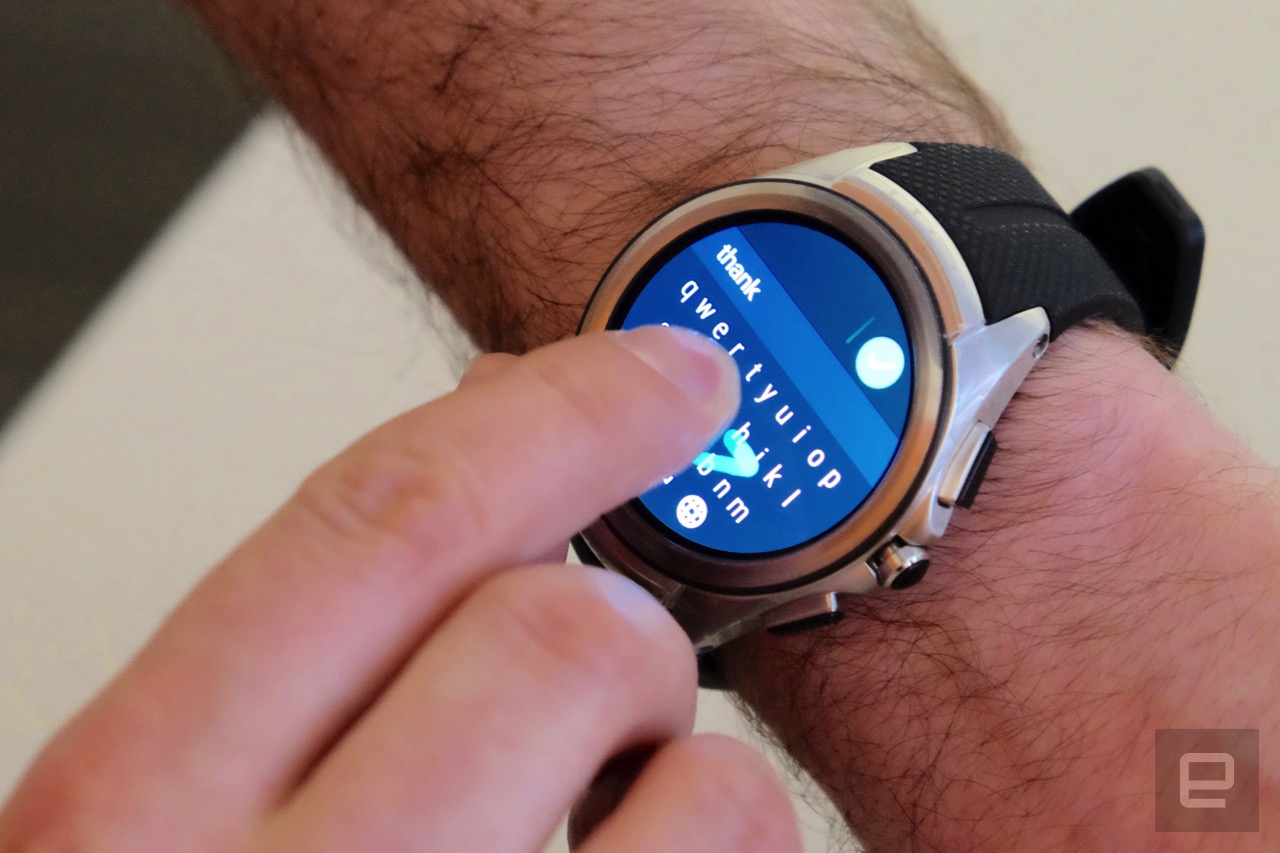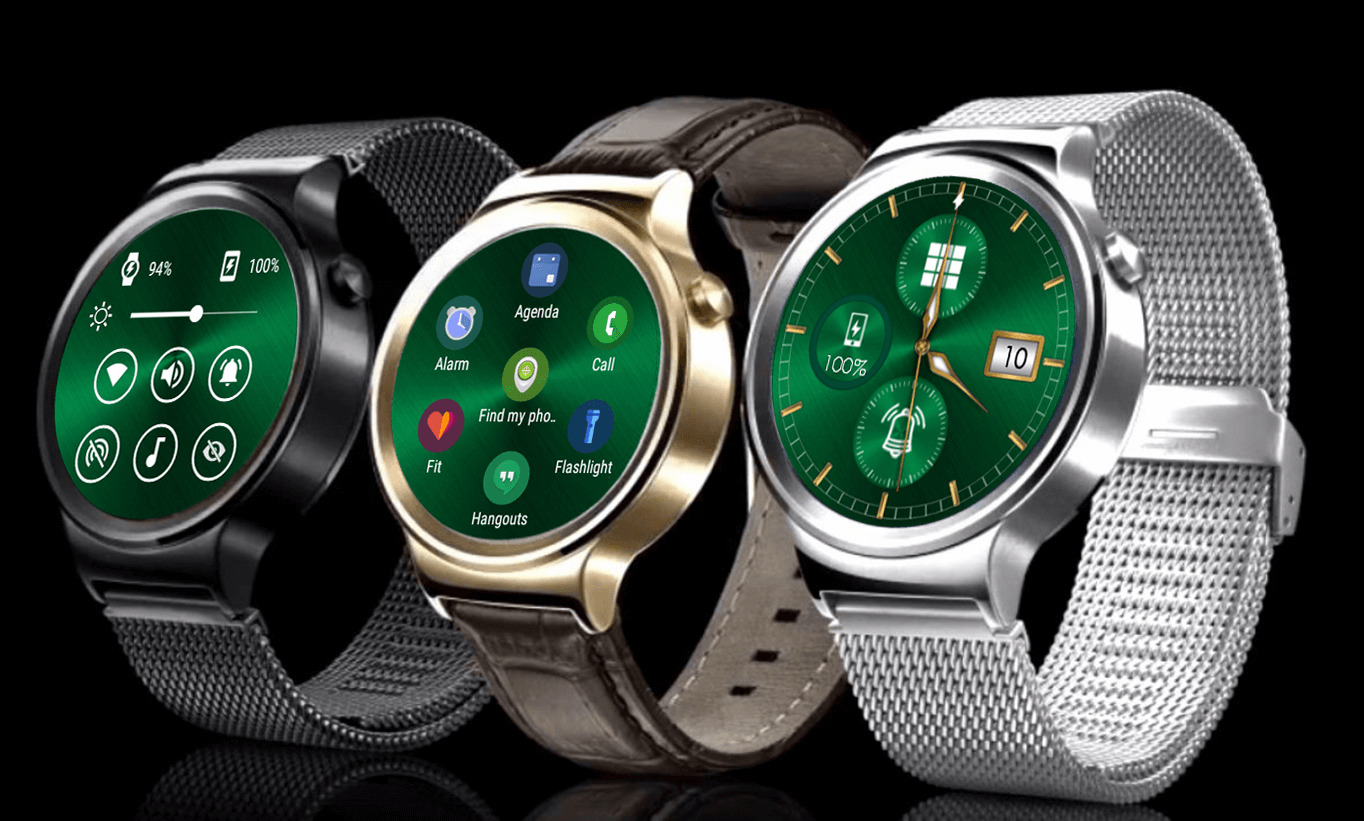In the fast-paced world of technology, wearables have emerged as a prominent and transformative trend. These devices, worn on the body and often integrated with smartphones and other devices, have revolutionized how we interact with technology and access information. Among the various platforms for wearables, Android has played a significant role in shaping the landscape with its Android Wear operating system. This introduction provides a glimpse into the exciting world of Android wearables, exploring their current state, advancements, applications, challenges, and future possibilities.
The current state of Android wearables showcases a diverse range of devices, from smartwatches to fitness trackers, offering an array of features to enhance our daily lives. With seamless integration with smartphones, these wearables provide convenient access to notifications, health and fitness tracking, music control, and more. Moreover, advancements in technology have enabled Android wearables to leverage artificial intelligence (AI) and machine learning algorithms, delivering personalized experiences and predictive capabilities. From tracking physical activities to monitoring vital signs, these wearables have become indispensable companions for health-conscious individuals and tech enthusiasts alike.

The applications of Android wearables extend beyond fitness and health tracking. Smartwatches equipped with a variety of sensors and communication capabilities have transformed into miniature digital assistants, allowing users to perform tasks on the go. Furthermore, the potential for augmented reality (AR) and virtual reality (VR) experiences is opening up new possibilities for Android wearables. From immersive gaming experiences to virtual training environments, these technologies have the potential to reshape industries such as entertainment, education, and professional training. However, along with the exciting opportunities, there are challenges to address, including privacy concerns and the need for robust security measures to protect personal data in the connected wearable ecosystem.
Overview of Android Wearables
Android wearables refer to a category of devices that are worn on the body, designed to integrate with Android smartphones and other devices. These wearables come in various forms, including smartwatches, fitness trackers, smart glasses, and even smart clothing. The primary purpose of Android wearables is to enhance user experiences by providing quick access to information, notifications, and functionalities, all while being conveniently worn on the body. They serve as an extension of our digital lives, allowing us to stay connected, monitor our health and fitness, and interact with technology seamlessly.
The evolution of wearables in the technology industry has been remarkable, transforming them from simple gadgets to sophisticated devices with advanced capabilities. The journey of wearables began with basic fitness trackers that primarily focused on step counting and calorie tracking. However, with rapid advancements in technology, wearables have become more powerful and feature-rich. The introduction of smartwatches brought a new level of functionality, allowing users to receive notifications, make calls, track workouts, and even install apps directly on their wrists. Over time, wearables have become smaller, more stylish, and capable of offering a wide range of features, including heart rate monitoring, sleep tracking, GPS navigation, and contactless payments. The integration of AI and machine learning has further expanded their capabilities, enabling personalized insights and intelligent recommendations based on user data. The evolution of wearables continues, with ongoing research and development focused on improving battery life, incorporating more sensors, and exploring innovative form factors to enhance usability and user experience.
Current State of Android Wearables
The current state of Android wearables is characterized by a diverse range of popular devices that offer an impressive array of features. Smartwatches like the Samsung Galaxy Watch series, Fossil Gen 5, and the Huawei Watch GT series have gained significant popularity. These smartwatches provide a range of functionalities, including customizable watch faces, fitness tracking, heart rate monitoring, sleep tracking, GPS navigation, and even the ability to make calls and send messages directly from the wrist. Fitness trackers such as the Fitbit Charge series and the Garmin vívosmart series continue to be popular choices, focusing primarily on health and fitness monitoring, step counting, and sleep analysis. Additionally, there are specialized Android wearables, like smart glasses such as the Google Glass Enterprise Edition, which offer hands-free access to information and augmented reality experiences.
Android wearables excel in their integration with smartphones and other devices, providing a seamless and interconnected experience. Through Bluetooth connectivity and companion apps, wearables can sync with smartphones, enabling users to receive notifications, calls, and messages directly on their wrist or wearable device. This integration extends beyond smartphones, as Android wearables can also connect to other smart devices such as tablets, laptops, and smart home systems, allowing users to control and monitor various aspects of their digital ecosystem. Wearables can synchronize data with smartphone apps, fitness platforms, and cloud services, providing users with comprehensive insights into their health and wellness metrics. Moreover, Android wearables often support voice assistants like Google Assistant, allowing users to perform tasks, get answers, and control their connected devices through voice commands, further enhancing convenience and hands-free operation. The integration of Android wearables with multiple devices creates a seamless ecosystem that enhances productivity, communication, and the overall user experience.

Advancements in Android Wearables
Advancements in Android wearables are driven by emerging trends and technologies that are shaping the field. One notable trend is the miniaturization of components, allowing wearables to become more compact and comfortable to wear. This trend has led to the development of slim and lightweight devices that blend seamlessly with everyday attire. Another trend is the integration of advanced sensors and biometric technologies, enabling wearables to monitor various health metrics with accuracy. Heart rate sensors, blood oxygen level monitors, sleep trackers, and stress sensors are just a few examples of the capabilities that have been integrated into modern Android wearables. Additionally, there is an increasing focus on energy efficiency and battery optimization to prolong the device’s usage time. Some wearables now offer extended battery life, thanks to advancements in power management and optimization techniques.
The impact of AI and machine learning on Android wearables cannot be overstated. These technologies have brought personalized experiences and intelligent capabilities to wearables. With AI and machine learning algorithms, wearables can analyze user data and patterns, providing insights and recommendations tailored to individual needs. For instance, AI-powered wearables can learn user behavior, track activity levels, and offer personalized fitness goals or suggestions. Machine learning algorithms can also help improve the accuracy of health monitoring features, such as heart rate measurements and sleep analysis. Wearables can proactively detect anomalies or potential health issues based on data patterns, allowing users to take necessary actions in a timely manner. AI and machine learning have also contributed to voice recognition and natural language processing, enabling more accurate voice commands and seamless interaction with wearables. The integration of AI and machine learning continues to push the boundaries of what Android wearables can achieve, making them smarter, more intuitive, and valuable companions in our daily lives.
Applications of Android Wearables
Android wearables have found extensive applications in the realm of health and fitness tracking. These devices offer a wide range of features to monitor and improve overall well-being. They can track steps, distance, and calories burned, encouraging users to maintain an active lifestyle. Heart rate monitors provide real-time heart rate data during workouts and rest periods, helping users optimize their exercise intensity. Sleep tracking capabilities analyze sleep patterns, offering insights into sleep quality and providing recommendations for better sleep hygiene. Many Android wearables also incorporate GPS technology to track outdoor activities accurately, such as running or cycling routes. Additionally, wearables can measure metrics like blood oxygen levels, stress levels, and even provide guided breathing exercises for relaxation. The health and fitness applications of Android wearables have empowered individuals to take control of their well-being, set goals, and track progress, leading to healthier lifestyles.
Smartwatches, a prominent category of Android wearables, offer a plethora of functionalities beyond health and fitness tracking. These devices act as convenient extensions of smartphones, allowing users to receive notifications, calls, and messages on their wrists. Smartwatches often support app installations, enabling access to various applications and services directly from the wrist. Users can check the weather, control music playback, set reminders, and even make payments through contactless payment systems like Google Pay. Furthermore, smartwatches provide customization options, allowing users to choose from a variety of watch faces to match their style and preferences. Many models offer water resistance, making them suitable for swimming and water-based activities. With built-in voice assistants, smartwatches enable hands-free operations, empowering users to control connected devices, get information, and perform tasks using voice commands. The functionalities of smartwatches continue to expand as developers create innovative applications tailored to these wearable devices, enhancing convenience and productivity in everyday life.

Beyond specific applications, Android wearables enhance user experiences by providing seamless integration into daily routines. These wearables deliver notifications and alerts in real-time, minimizing the need for users to constantly check their smartphones. The ability to glance at the wrist for essential information promotes efficiency and reduces distractions. Moreover, wearables can facilitate contactless interactions, such as unlocking doors, accessing public transportation, or making payments, eliminating the need to carry multiple physical cards or devices. Wearables also allow for personalized experiences, with the ability to customize watch faces, layouts, and settings according to individual preferences. This personalization extends to fitness goals, health tracking, and other settings, creating a more tailored and user-centric experience. The convenience and seamless integration provided by Android wearables enhance user engagement, simplify daily tasks, and contribute to a more connected digital lifestyle.
Challenges and Opportunities
Challenges and opportunities arise alongside the proliferation of Android wearables. Privacy and security concerns are significant challenges in the wearable technology landscape. Wearables collect and process vast amounts of personal data, including health metrics, location information, and user behavior patterns. Safeguarding this sensitive data from unauthorized access and misuse becomes crucial. Wearable manufacturers and developers must prioritize robust security measures, such as data encryption, secure authentication protocols, and regular software updates to address vulnerabilities. Additionally, privacy concerns arise from the potential for data breaches, unauthorized data sharing, or the misuse of personal information for targeted advertising. Striking a balance between collecting necessary data for valuable features while respecting user privacy is vital. Ensuring transparency in data handling practices, providing clear consent mechanisms, and giving users control over their data can help mitigate privacy and security challenges.
Android wearables also offer exciting opportunities for personalized experiences and customization. With the abundance of sensors and data collected by wearables, there is immense potential to deliver tailored insights, recommendations, and user experiences. Machine learning algorithms can analyze user data to provide personalized fitness goals, adaptive coaching, and predictive health insights. Customization options for watch faces, layouts, and settings enable users to express their individuality and preferences. Furthermore, wearables can integrate with other smart devices, creating a connected ecosystem where users can customize automation and control various aspects of their digital lives. Personalized experiences and customization not only enhance user satisfaction but also pave the way for innovative applications in areas such as healthcare, productivity, and entertainment. The ability to adapt to individual needs and preferences makes Android wearables powerful tools for enhancing convenience, efficiency, and personal well-being.
Future Possibilities and Impacts
The future of Android wearables holds immense potential for integration into various industries. Wearables can play a transformative role in healthcare, enabling remote patient monitoring, personalized treatment plans, and early detection of health issues. In industries like manufacturing and logistics, wearables can enhance worker safety and productivity by providing real-time information, instructions, and alerts in hands-free formats. Retail and hospitality sectors can leverage wearables to offer personalized customer experiences, streamline operations, and improve service quality. Additionally, wearables can find applications in education, with the potential for interactive learning experiences, virtual classrooms, and personalized educational content delivery. As the technology continues to evolve, collaborations between wearable manufacturers, software developers, and industry stakeholders will drive the integration of wearables across sectors, transforming traditional processes and unlocking new possibilities for efficiency, innovation, and user experiences.
The future of Android wearables also holds exciting prospects for augmented reality (AR) and virtual reality (VR) experiences. AR-enabled wearables can overlay digital information onto the physical world, allowing users to access contextual information, navigate environments, and interact with virtual objects seamlessly. This opens up possibilities for enhanced gaming experiences, immersive virtual tours, interactive training simulations, and remote collaboration. VR-enabled wearables can transport users to virtual worlds, providing immersive experiences for entertainment, training, and therapy purposes. From gaming to architectural design, from healthcare simulations to virtual travel experiences, the potential applications of AR and VR in Android wearables are vast. As technology advances, the hardware capabilities of wearables will improve, enabling more realistic and immersive AR and VR experiences. These advancements have the potential to revolutionize entertainment, education, training, and various other industries, transforming the way we perceive and interact with digital content.

Conclusion
In conclusion, Android wearables have established themselves as a significant and transformative trend in the world of technology. These devices, ranging from smartwatches to fitness trackers, have revolutionized how we interact with technology and access information on the go. The current state of Android wearables showcases a diverse range of popular devices, offering an impressive array of features and seamless integration with smartphones and other devices.
Advancements in Android wearables are driven by emerging trends and technologies, such as miniaturization, advanced sensors, and energy efficiency. The integration of AI and machine learning has brought personalized experiences and intelligent capabilities to wearables, enhancing their functionality and value. The applications of Android wearables span various domains, including health and fitness tracking, smartwatches with extensive functionalities, and the overall enhancement of user experiences.
However, challenges such as privacy and security concerns must be addressed to ensure user trust and data protection. The opportunities lie in the potential for personalized experiences and customization, where wearables can leverage data to deliver tailored insights and recommendations, empowering users in their health, productivity, and personal preferences. Looking ahead, the future of Android wearables holds exciting possibilities, from their integration into various industries, revolutionizing processes and experiences, to the potential for augmented reality (AR) and virtual reality (VR) experiences, immersing users in digital worlds and transforming entertainment, education, and more.
As technology continues to advance, Android wearables will play an increasingly integral role in our lives, supporting and enhancing our daily activities, health monitoring, and overall digital experiences. With continuous innovation and collaboration, the future of Android wearables promises a world where technology seamlessly integrates into our lifestyle, empowering us with personalized insights, immersive experiences, and improved connectivity.





Add comment